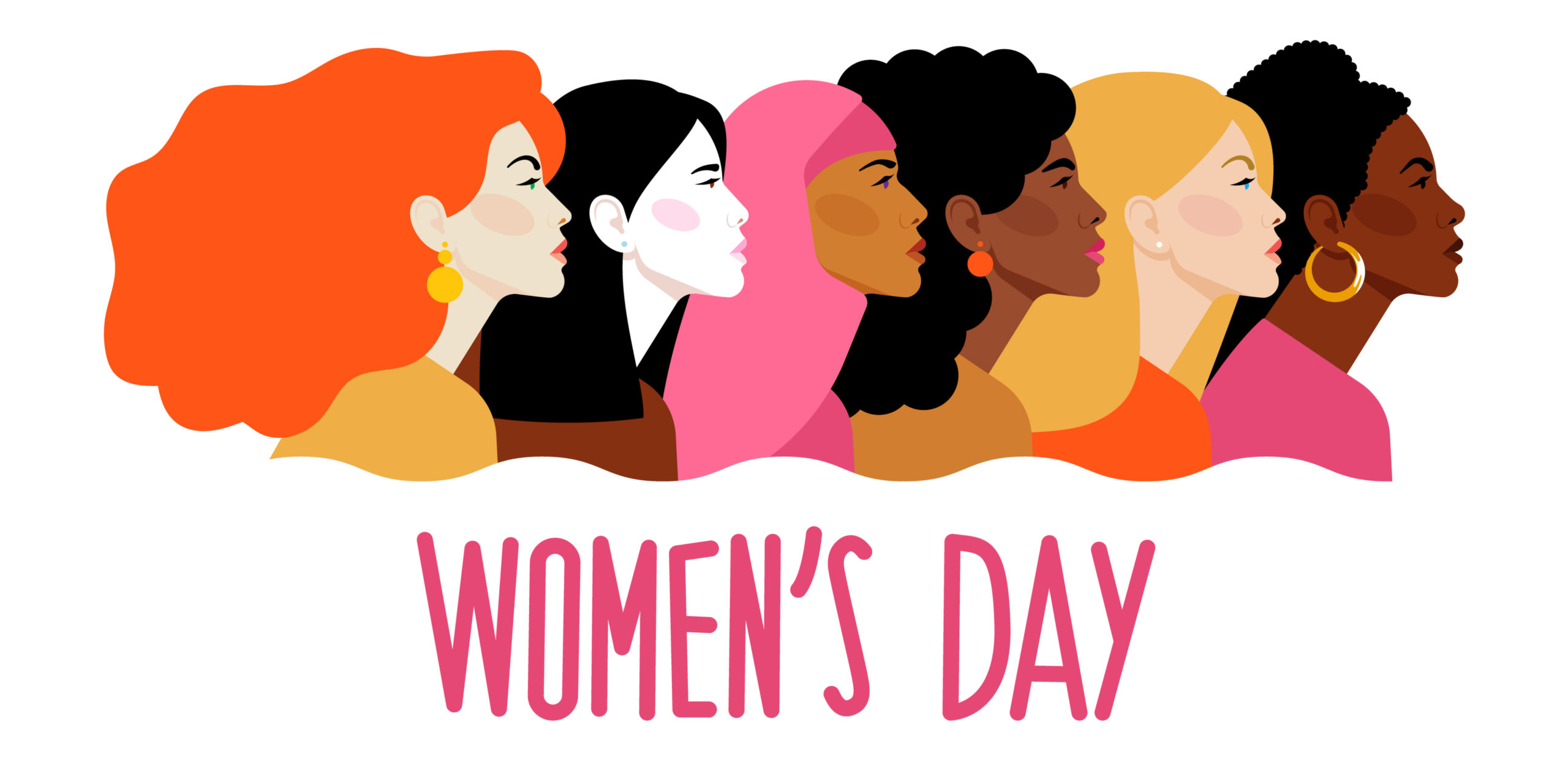International Women’s Day: Legal Perspectives and Progress

International Women’s Day (IWD) serves as a global celebration of women’s achievements and a call to action for gender equality. From grassroots movements to legislative reforms, the fight against gender discrimination encompasses various legal dimensions. In this article, we’ll explore the legal perspectives and progress surrounding International Women’s Day, shedding light on the ongoing battle for gender equality.
Historical Context:
The origins of International Women’s Day can be traced back to the early 20th century, with women’s movements advocating for suffrage, labor rights, and social equality. Over the decades, IWD has evolved into a platform for raising awareness about gender discrimination and promoting legal reforms to address systemic inequalities.
Legal Frameworks for Gender Equality:
Numerous international treaties and conventions provide a legal framework for advancing gender equality and combating discrimination. From the United Nations Convention on the Elimination of All Forms of Discrimination Against Women (CEDAW) to regional agreements like the Convention on the Rights of the Child, these legal instruments establish standards for promoting women’s rights and eliminating gender-based violence and discrimination.
Challenges and Progress:
Despite significant progress in legal protections for women’s rights, challenges persist in implementing and enforcing gender discrimination laws. Gender pay gaps, barriers to political representation, and pervasive stereotypes continue to hinder progress towards gender equality. However, landmark court cases, legislative reforms, and grassroots movements signal a growing momentum for change.
Intersectionality and Inclusivity:
An intersectional approach to gender discrimination acknowledges the intersecting forms of oppression faced by women based on race, ethnicity, class, sexuality, and other identities. Legal advocacy and policymaking efforts must recognize and address these intersecting inequalities to ensure that all women benefit from gender equality initiatives.
Looking Ahead:
As we commemorate International Women’s Day, it’s essential to reflect on the progress made and the work that lies ahead. Strengthening legal protections, promoting inclusive policies, and amplifying marginalized voices are crucial steps towards achieving gender equality. By harnessing the power of law and collective action, we can create a world where every woman and girl can thrive.
Conclusion:
In conclusion, International Women’s Day serves as a reminder of the ongoing struggle for gender equality and the vital role of legal advocacy in effecting change. By examining the legal perspectives and progress surrounding IWD, we reaffirm our commitment to advancing women’s rights and building a more just and equitable society for all.


